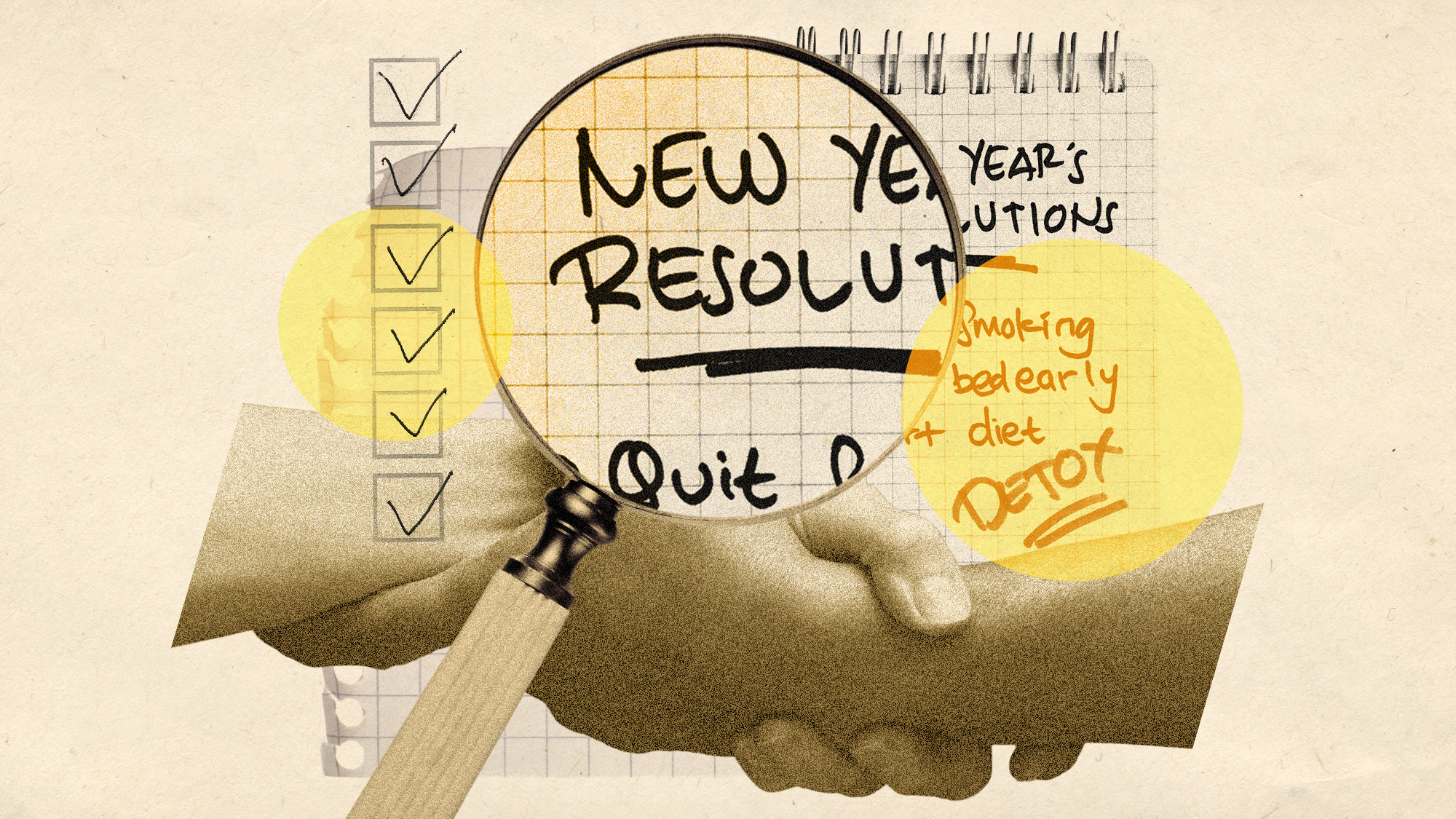How does a 401(k) hardship withdrawal work and is it smart to take one?
More Americans than ever are resorting to this option in a pinch


The funds you stash in your 401(k) plan are intended for your future retirement. But sometimes life throws you a curveball, and you need money fast. In those cases, you may be able to tap into your 401(k) through a hardship withdrawal.
Increasingly, Americans are turning to this option when they are in a pinch. In 2024, a "record 4.8% of workers in 401(k) plans took a hardship distribution for financial emergencies, up from a prepandemic average of about 2%," said The Wall Street Journal, citing Vanguard Group. But just because the money is there, does not necessarily mean that it is a good idea to take it.
How do 401(k) hardship withdrawals work?
A hardship withdrawal allows you to take money out of your 401(k) plan specifically to cover a dire financial need. This is not to be confused with a 401(k) loan, "which is repaid with interest," said Investopedia. By contrast, "you cannot repay money taken for a hardship withdrawal back into your 401(k) account."
The Week
Escape your echo chamber. Get the facts behind the news, plus analysis from multiple perspectives.

Sign up for The Week's Free Newsletters
From our morning news briefing to a weekly Good News Newsletter, get the best of The Week delivered directly to your inbox.
From our morning news briefing to a weekly Good News Newsletter, get the best of The Week delivered directly to your inbox.
You will, however, pay income taxes on the amount withdrawn. You may also owe a 10% early withdrawal penalty if you make the withdrawal when you are under the age of 59½. Though this penalty is waivable in some circumstances, it is good to remember that "you may qualify for a hardship distribution but still have to pay the 10% bonus penalty," said Bankrate.
When can you take a hardship withdrawal?
Under IRS rules, to be considered a hardship, the event "must pose 'an immediate and heavy financial need,'" such as certain medical expenses, total and permanent disability or home repair costs following a natural disaster, said Bankrate. Further, the IRS "demands that the 401(k) withdrawal is the last resort," meaning that "if an individual has other assets to meet the need," those resources "must be used first," said the outlet.
It is also important to note that "individual plans will have different rules about whether and when such withdrawals are permitted," and "some plans may not allow hardship withdrawals at all," said Investopedia.
What should you consider before taking a hardship withdrawal?
Perhaps the biggest drawback of a hardship withdrawal is that if you take out the funds, "you lose out on the amount saved and the additional interest that could have accumulated in the account for retirement," said U.S. News & World Report. As such, while you may be helping yourself out now, you are setting yourself back down the road, as you will not have that amount saved for retirement.
A free daily email with the biggest news stories of the day – and the best features from TheWeek.com
There are also specific rules around hardship withdrawals that you will have to navigate. "Hardship withdrawals must stay within the limits of the actual financial hardship, however that's defined by the plan," and your withdrawals may be limited "to your own contributions," said Bankrate. Further, only in specific circumstances will you avoid the early withdrawal penalty, which, when combined with the income tax you will owe, can significantly cut into the funds you actually get.
Given these downsides, it is worth considering all of your alternatives before resorting to a hardship withdrawal.
Becca Stanek has worked as an editor and writer in the personal finance space since 2017. She previously served as a deputy editor and later a managing editor overseeing investing and savings content at LendingTree and as an editor at the financial startup SmartAsset, where she focused on retirement- and financial-adviser-related content. Before that, Becca was a staff writer at The Week, primarily contributing to Speed Reads.
-
 Why are micro-resolutions more likely to stick?
Why are micro-resolutions more likely to stick?In the Spotlight These smaller, achievable goals could be the key to building lasting habits
-
 What will happen in 2026? Predictions and events
What will happen in 2026? Predictions and eventsIn Depth The new year could bring peace in Ukraine or war in Venezuela, as Donald Trump prepares to host a highly politicised World Cup and Nasa returns to the Moon
-
 Why is Trump’s alleged strike on Venezuela shrouded in so much secrecy?
Why is Trump’s alleged strike on Venezuela shrouded in so much secrecy?TODAY'S BIG QUESTION Trump’s comments have raised more questions than answers about what his administration is doing in the Southern Hemisphere
-
 4 tips to safeguard your accounts against data breaches
4 tips to safeguard your accounts against data breachesThe Explainer Even once you have been victimized, there are steps you can take to minimize the damage
-
 Received a windfall? Here is what to do next.
Received a windfall? Here is what to do next.The Explainer Avoid falling prey to ‘Sudden Wealth Syndrome’
-
 How to save more for retirement next year
How to save more for retirement next yearthe explainer Secure yourself a suitable nest egg
-
 Received a gift card this holiday season? Here’s how to maximize it.
Received a gift card this holiday season? Here’s how to maximize it.The Explainer Make the most of your present
-
 Who will the new limits on student loans affect?
Who will the new limits on student loans affect?The Explainer The Trump administration is imposing new limits for federal student loans starting on July 1, 2026
-
 3 ways to reduce the cost of owning a car
3 ways to reduce the cost of owning a carthe explainer Despite the rising expense of auto insurance premiums and repairs, there are ways to save
-
 How to shop smarter with a grocery budget
How to shop smarter with a grocery budgetThe Explainer No more pushing your cart down the aisles on autopilot
-
 What will next year’s housing market look like?
What will next year’s housing market look like?The Explainer Here is what to expect from mortgage rates and home prices in 2026
